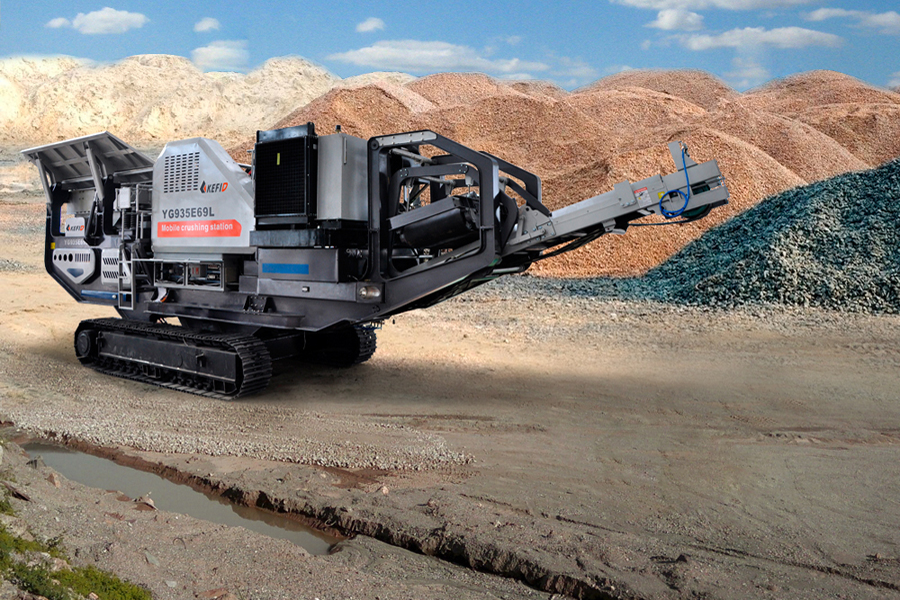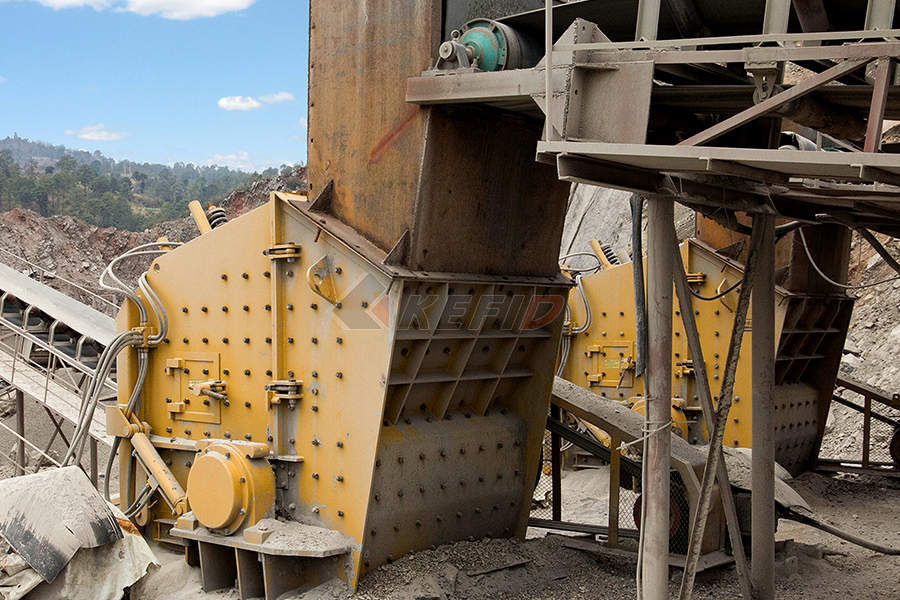The jaw plates in crushers are subjected to extreme wear and abrasion, so they are typically made from high-wear-resistant materials. The most common materials used include:
 1. Manganese Steel (Hadfield Steel – ASTM A128)
1. Manganese Steel (Hadfield Steel – ASTM A128)
– Grade: Typically Mn14%, Mn18%, or Mn22%
– Properties:
– High toughness and excellent work-hardening ability (becomes harder under impact).
– Resistant to heavy impact and abrasion.
– Commonly used in primary jaw crushers where high impact resistance is needed.
2. High Chromium Cast Iron (HCCI) or Martensitic Steel
– Grade: Typically Cr20%, Cr26%, or Cr28% with added Mo, Ni, or Ti for improved wear resistance.
– Properties:
– Extremely hard and wear-resistant but more brittle than manganese steel.
– Suitable for secondary crushing where abrasion is the primary concern rather than impact.
3. Alloy Steel (Medium Carbon Low Alloy Steel)
– Grade: Examples include TIC inserts or boron steel alloys.
– Properties:
– Good balance between hardness and toughness.
– Often heat-treated for better wear resistance.
4. Composite Materials (Bimetallic Jaw Plates)
– Some manufacturers use a combination of materials, such as:
– A tough base material (e.g., mild steel) with a hard-facing layer (e.g., tungsten carbide inserts).
– Provides both impact resistance and superior wear life.
5. Tungsten Carbide Inserts
– Used in highly abrasive applications where long life is critical, though expensive.
 Selection Factors:
Selection Factors:
– Type of Crusher: Primary (high impact) vs. secondary (abrasion-focused).
– Material Being Crushed: Hardness of rocks/ores (granite vs. limestone).
– Cost vs. Lifespan Trade-off: Manganese steel is cost-effective for most applications, while high-chromium alloys last longer in abrasive conditions but are more brittle.
Would you like recommendations based on a specific type of crusher or application?




